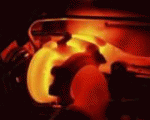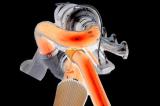- Replies 22
- Views 10.5k
- Created
- Last Reply
Top Posters In This Topic
-
 Mopar1973Man 6 posts
Mopar1973Man 6 posts -
 AH64ID 6 posts
AH64ID 6 posts -
 KATOOM 3 posts
KATOOM 3 posts -
 JOHNFAK 2 posts
JOHNFAK 2 posts




Some info I've saved over time from TDR
Timing the VP44 Fuel Injection Pump